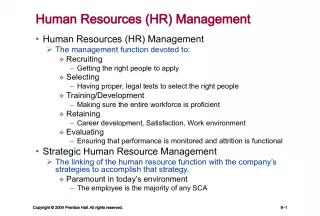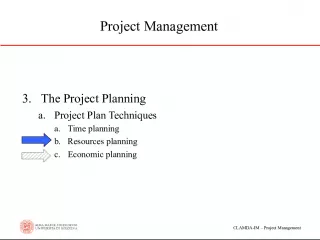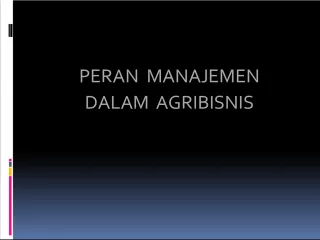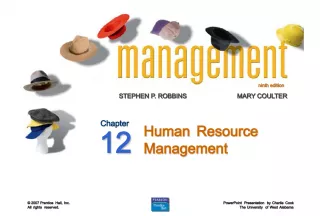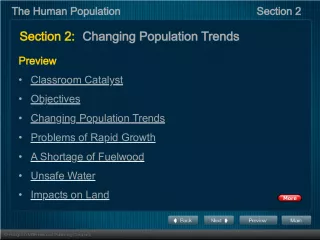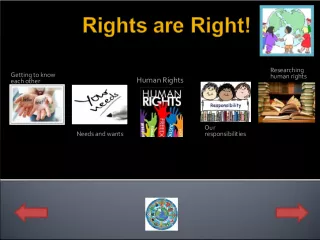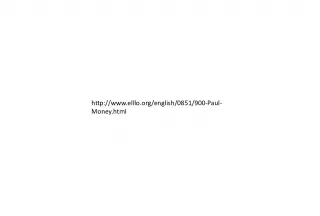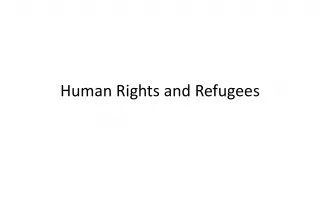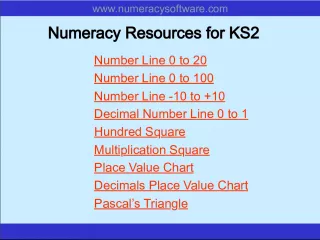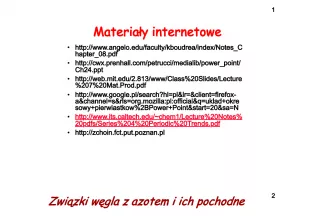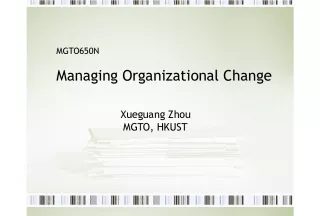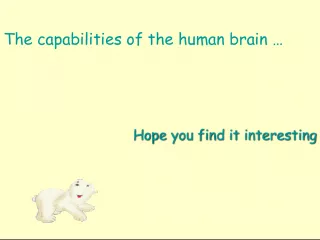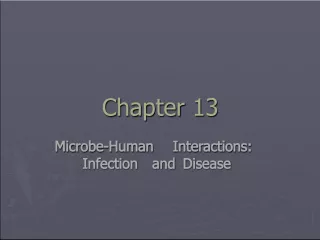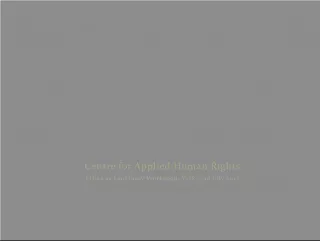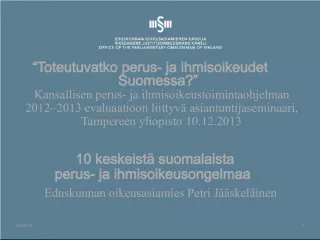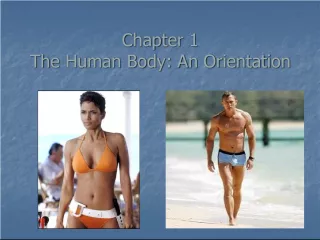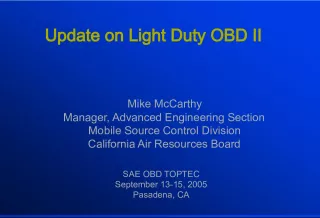Managing Human Resources
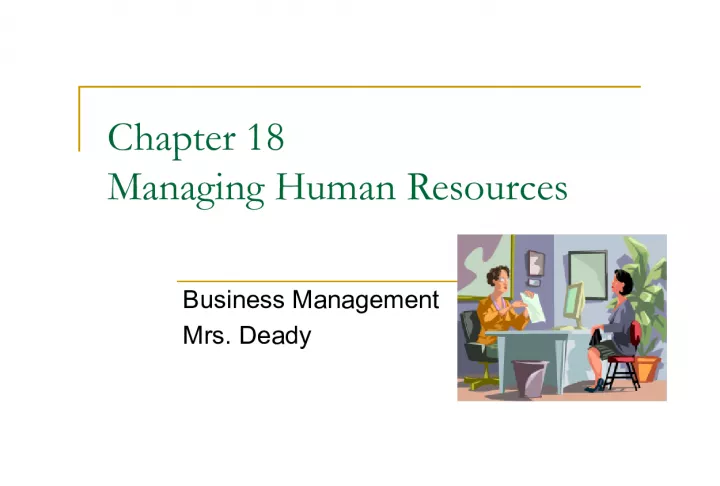

In this chapter, we will discuss the various components of human resource management and how managers influence employee motivation. We will also explore ways to maximize employee performance through effective delegation and assess motivational techniques used to increase performance levels
- Uploaded on | 1 Views
-
 serafim
serafim
About Managing Human Resources
PowerPoint presentation about 'Managing Human Resources'. This presentation describes the topic on In this chapter, we will discuss the various components of human resource management and how managers influence employee motivation. We will also explore ways to maximize employee performance through effective delegation and assess motivational techniques used to increase performance levels. The key topics included in this slideshow are . Download this presentation absolutely free.
Presentation Transcript
Slide1Chapter 18Managing Human Resources Business Management Mrs. Deady
Slide2Objectives Identify the components of human resource management Explain how managers influence motivation Describe ways to maximize employee performance Explain the importance of delegation Explain how to assess motivational techniques used to increase performance levels
Slide3Definitions 18.1: Developing and KeepingHuman Resources Human resources – personnel; people employed in a business Human resource management – a business department that recruits and manages employees Labor union – organization that represents workers in their dealings with employers regarding bargaining for wages, benefits, job security, working conditions Educational activities – actions that prepare employees for advancement in the organization Developmental activities – actions that prepare managers to lead the company into the future
Slide4Definitions 18.1: Developing and KeepingHuman Resources, cont’d Cost effective – economically worthwhile in terms of what is achieved for the money spent Employee complaint procedure – formal procedure for handling employee complaints Equal Employment Opportunity Commission (EEOC) – federal agency responsible for enforcement of laws and regulations designed to protect employees. Pregnancy Discrimination Act – an example of a law enforced by the EEOC requiring that employers treat pregnant employees the same as other employees when determining benefits
Slide5Components of Human ResourceManagement Recruiting and screening employees Managing dealings with unions Overseeing employee training and development Resolving day-to-day problems Ensuring equal opportunity Handling employee termination
Slide6Requirements of Training andDevelopment Determine your needs Design your program Implement your program Evaluate your program for effectiveness
Slide7Definitions 18.2: Motivating Employees Theory X – belief that employees are basically lazy and need constant supervision Theory Y – belief that employees are responsible, like to work, and want intrinsic rewards Hygiene factors – compensation, working conditions, and fair company policies – needed to ensure employees are not dissatisfied Motivating factors – achievement, recognition, responsibility, advancement, growth, and reward from doing the work itself.
Slide8Definitions 18.2: Motivating Employees,cont’d Job enlargement – act of increasing the tasks, responsibilities, and scope of a job Job enrichment – making a job more rewarding and less monotonous by adding elements ad a different or higher skill level Telecommuting – performing some or all of the job away from the business Family leave – allows employees to take time off work to attend to significant personal events (birth, death, family illness) without fear of job loss Flextime – allows employees to choose work hours and days most effective for their personal life
Slide9Definitions 18.2: Motivating Employees,cont’d Management-by-objectives – employees are involved in setting their own objectives and gauging their own progress Work team – group of employees assigned a task without direct supervision, and are responsible for results Performance evaluation – process of judging how well an employee has performed the duties and responsibilities associated with a job.
Slide10Motivational Techniques to MaximizeEmployee Performance Provide meaningful work Allow scheduling flexibility Involve employees in decision making Give recognition Provide performance evaluations Reward performance
Slide11Regarding the Motivation Program’sEffectiveness: Is it working as a motivator? Does it need revision? Is it worth the cost? Can it be done a better way?
